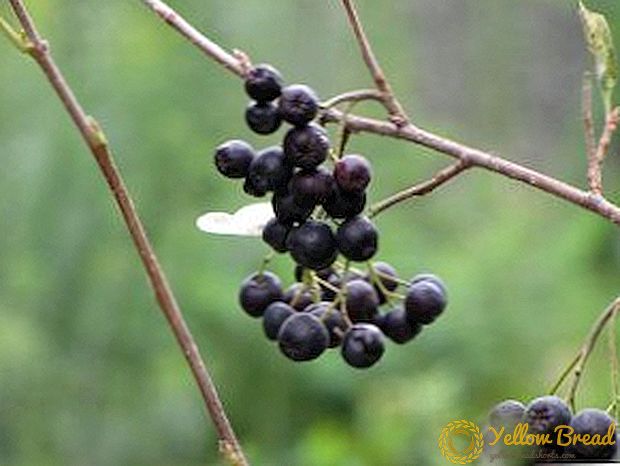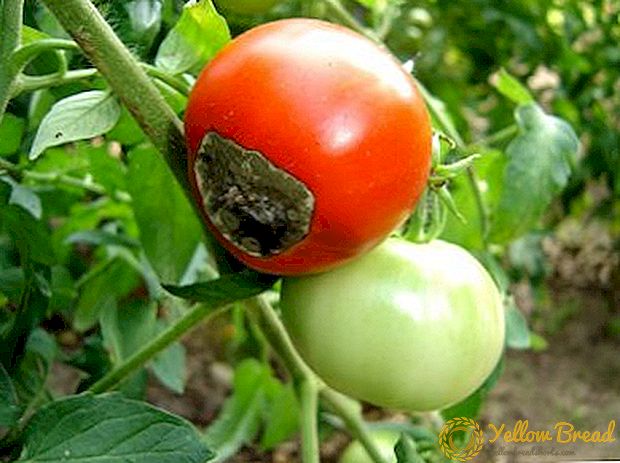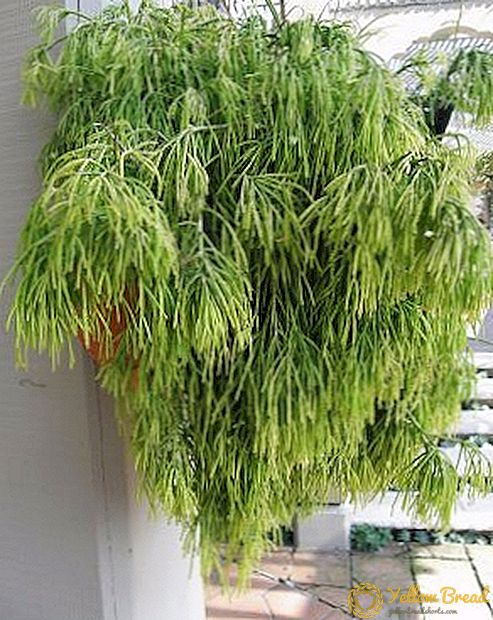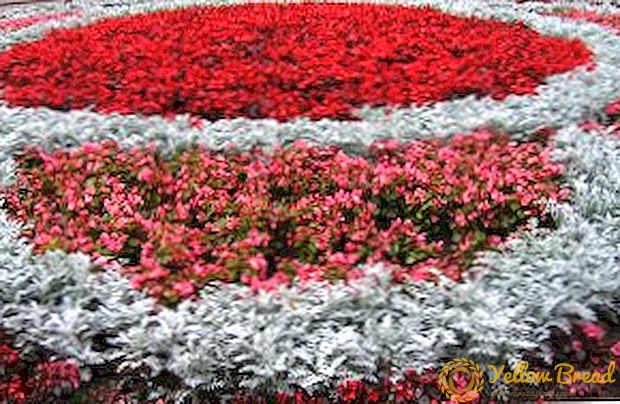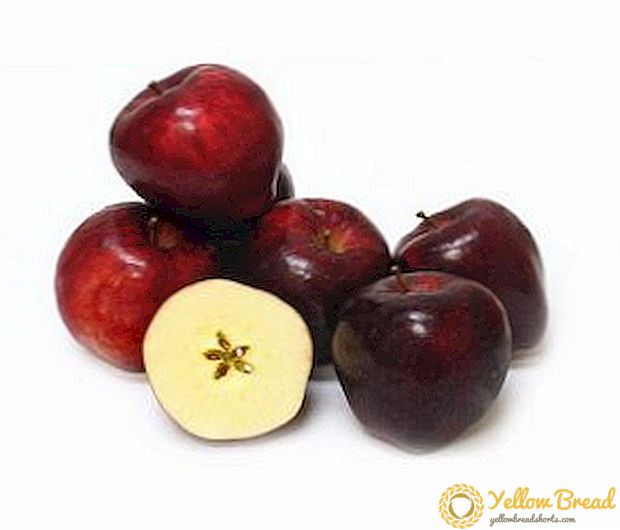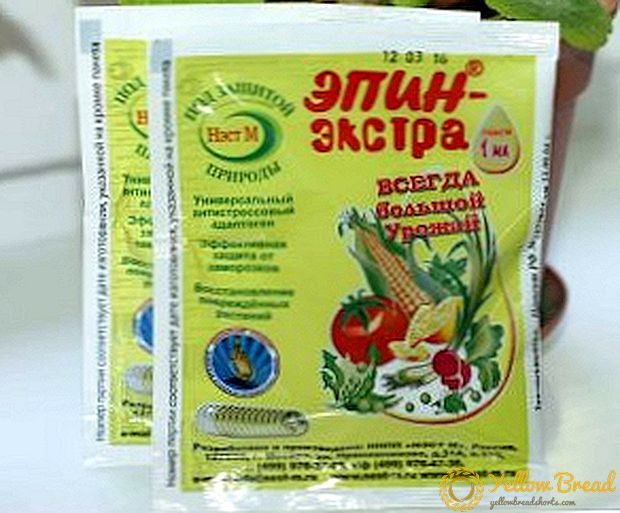 Every experienced gardener knows the very common fertilizer epin. They pickle the seeds before planting in the soil, sprinkle as a growth stimulant indoor flowers, seedlings, plants. And how to apply epin extra, not everyone knows.
Every experienced gardener knows the very common fertilizer epin. They pickle the seeds before planting in the soil, sprinkle as a growth stimulant indoor flowers, seedlings, plants. And how to apply epin extra, not everyone knows.
Soaking seeds in epine affects the germination rate, awakens active growth and provides protection from the negative influence of the environment. Let's try to figure out what epine is for plants and how to use epin.
- Epin extra: what is the drug
- The use of epina, how to prepare the solution (dosage)
- Features processing plants epin
- Compatibility of EPINA Extra with other drugs
- Precautions and storage of the drug
Epin extra: what is the drug
 Since epin extra has gained widespread use among farmers and summer residents, it is necessary to understand in more detail what it is made of and how useful it is for plants. Instructions for the substance epin does not disclose the composition of the drug, but only tells how it affects the plants.
Since epin extra has gained widespread use among farmers and summer residents, it is necessary to understand in more detail what it is made of and how useful it is for plants. Instructions for the substance epin does not disclose the composition of the drug, but only tells how it affects the plants.
Everyone knows that spraying with epin helps to enhance the protective functions of the plant, induces an increase in immunity, affects the increase in yield and the earlier maturation of fruits, and effectively restores injured plants.
But we don’t know the main thing that induces these processes in the plant.
The basis of the biological product phytohormone, which belongs to steroids - epibrassinolide. Epibrassinolide - it is an artificially derived phytohormone brassinolide. Phytohormone activates the division of plant cells. The plants themselves are capable of producing this phytohormone, but the dose of the steroid produced is too small to speed up the development of seedlings.
Epibrassinolide, penetrating into the plant, provokes inhibition of hormone production (ethylene, absysicinic acid), which slow down the growth of a seedling. The use of epin does not provoke distortion of the stems, leaves and fruits, but only contributes to the activation of ontogenesis.
The use of epina, how to prepare the solution (dosage)
Advertising of a biological product assures us that it affects not only the germination of seeds, engraftment and increases resistance to diseases, but also reduces the level of toxic substances, nitrates in plant cells.  The use of epin during the growing season contributes to the multiplication of the ovary, it is less showered, and the fruits ripen ahead of time. Using Epin extra, you need to know how to soak the seeds, so as not to harm the future plant.
The use of epin during the growing season contributes to the multiplication of the ovary, it is less showered, and the fruits ripen ahead of time. Using Epin extra, you need to know how to soak the seeds, so as not to harm the future plant.
It is also important to know how to breed epin extra. To completely dissolve the active substance, epine requires an acidic medium. Most often the water used by us is an alkaline medium. Before you breed apin, throw a pinch of citric acid in the water.
Before planting with epin, not only seeds, but also tubers with bulbs and cuttings are processed. Before planting, disinfect the bulbs and cuttings for 12 hours with a prepared solution prepared from one milliliter of epine and two liters of water. Potato tubers irrigate before planting in the ground. At 5 kg of tubers spend 1 ml of the drug, dissolved in 250 ml of water.
 Soaking seeds epin extra stimulates the germination and further rooting of the cuttings. Epin for seeds is prepared as follows: in a hundred milliliters of water dissolve two drops of the biological product. Seeds are immersed in the solution and incubated for 24 hours at room temperature.
Soaking seeds epin extra stimulates the germination and further rooting of the cuttings. Epin for seeds is prepared as follows: in a hundred milliliters of water dissolve two drops of the biological product. Seeds are immersed in the solution and incubated for 24 hours at room temperature. Use epin as a drug for rooting seedlings and the formation of additional roots. Seedlings are sprayed with a solution of six drops of epine and half a liter of water, when the seedling had two or three leaves and just before planting in open ground.
Also epin extra can be used for seedlings of tomatoes before budding, it stimulates the formation of a larger number of ovaries. During the growing season is not only sprayed seedlings. You can handle all the growing vegetables in the garden, fruits and flowers.
In order to relieve the stress obtained during planting or transplanting any and all cultures, a biological preparation is sprayed by dissolving 1 ml of epine in 5 liters of water.
In the case of the return of frosts the day before and after them, plants also sprinkle with epin in the following proportions: - vegetables, strawberries and fruit trees during the flowering period, 1 ml of epine is dissolved in 5 liters of water.  Also, as a fertilizer, epine is used to feed indoor plants. Apply a biological product in the spring or in the winter, when indoor flowers are deficient in sunlight. Epin according to the instructions for use for indoor plants diluted in a ratio of 1 ml of the drug in 5 liters of water.
Also, as a fertilizer, epine is used to feed indoor plants. Apply a biological product in the spring or in the winter, when indoor flowers are deficient in sunlight. Epin according to the instructions for use for indoor plants diluted in a ratio of 1 ml of the drug in 5 liters of water.
Strawberries are sprayed after winter (diluted with 1 ml of epin with five liters of water). Processing of grapes is carried out in the period of swelling of the kidneys in the ratio of 5 liters of water to 1 ml of epin. Oyster mushrooms and champignons are processed during the formation of the fruit, dissolving 3 drops of epine in 5 liters of water.
Epin according to the instructions for use is used to restore coniferous plants after sunburn, obtained in the winter. Dissolve the drug as indicated in the instructions, and sprayed not only damaged, but healthy needles too.
Features processing plants epin
Applying epin extra to stimulate the growth of seedlings and other plants, we must understand the effect it has on plants. Unlike the root or heteroauxin, epin does not force plants to grow wildly, but simply contributes to survival in stressful situations (frosts, violation of the integrity of shoots, disease, transplantation), affecting the flow of physiological processes.  If the plant has a phase of calm, epine will not force it to actively develop, because it is designed to restore and support immunity. Epin should be used according to the instructions and re-spraying the plant no earlier than two weeks later, since an overdose of the drug threatens to cause the opposite effect. The active substance Epina will begin to accumulate in the plant cells as a pesticide.
If the plant has a phase of calm, epine will not force it to actively develop, because it is designed to restore and support immunity. Epin should be used according to the instructions and re-spraying the plant no earlier than two weeks later, since an overdose of the drug threatens to cause the opposite effect. The active substance Epina will begin to accumulate in the plant cells as a pesticide.
During sprinkling, the leaflets should be evenly wetted with a solution. Practice has shown that the use of epin is most effective before and after the budding of plants. Spraying is necessary in the morning or evening, in the absence of wind and precipitation. Under the influence of sunlight, epine evaporates so quickly that the plant does not have time to absorb it.
It is necessary to spray only the growing parts of the plant - leaflets and shoots.The absorption of epine occurs within three days, so the following treatment is carried out no less than two weeks later. If the plant is not subjected to stress and is not sick, it is recommended to carry out a threefold treatment for the entire season.
Compatibility of EPINA Extra with other drugs
Often in order not to process the same plant twice with different preparations, we resort to mixing them. Scientists have found that combination of epin with such drugs as Vitalizer NV-101, Zircon, Tsitovit does not harm the plant, the components of substances that make up the drugs, do not inhibit the action of each other.  For seed disinfection and protection of seedlings from diseases, the use of epin allows you to halve the dosage of pesticides. Dissolve epine together with agro - and pesticides. The disadvantage of a biological product is the destruction of epibrassinolide under the influence of lighting.
For seed disinfection and protection of seedlings from diseases, the use of epin allows you to halve the dosage of pesticides. Dissolve epine together with agro - and pesticides. The disadvantage of a biological product is the destruction of epibrassinolide under the influence of lighting.
Precautions and storage of the drug
Instructions for use of the drug states that it is not toxic to any living creature on our planet.Packaging from epin can be safely thrown into the trash. But you still need to work with the drug carefully.
For a good “sticking” of the biological product to the stems and leaves of plants, epibrassinolide was dissolved with methyl alcohol with the addition of shampoo. If the substance gets on the skin, it is necessary to wash them with soap and water.
If you get epine in your eyes, wash them with plenty of water. If the drug gets into your mouth, you need to rinse it, drink 2-3 glasses of water and provoke vomiting, take 5-6 tablets of any sorbent, or contact your doctor immediately.  Hide the drug so that the children cannot reach it, and it was not stored with food and medicine. Storage time is no more than three years from the date of issue.
Hide the drug so that the children cannot reach it, and it was not stored with food and medicine. Storage time is no more than three years from the date of issue.

